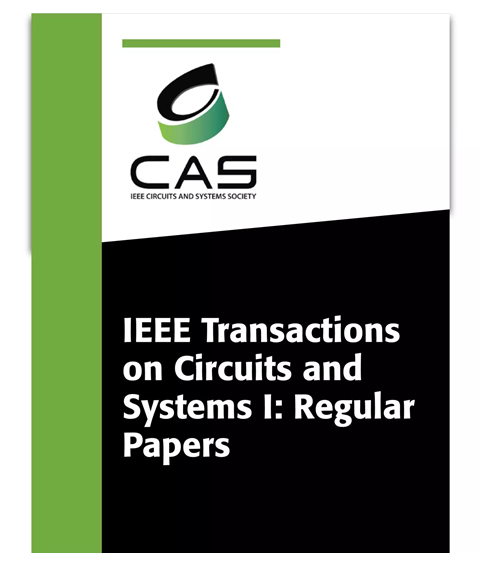Scalable Double Crosstalk Canceling Digital Predistortion for MIMO Transmitters
IF 5.2
1区 工程技术
Q1 ENGINEERING, ELECTRICAL & ELECTRONIC
IEEE Transactions on Circuits and Systems I: Regular Papers
Pub Date : 2024-08-13
DOI:10.1109/TCSI.2024.3439580
引用次数: 0
Abstract
Nonlinear distortion becomes more severe due to strong crosstalk between different transmitter branches in multiple-input-multiple-output (MIMO) arrays. A double crosstalk canceling (DCC) digital predistortion (DPD) algorithm is proposed in this paper to solve the power amplifier (PA) nonlinearity, nonlinear and linear crosstalk problems in MIMO transmitters. The algorithm includes two canceling modules to estimate and cancel the nonlinear and linear crosstalk respectively. We propose two different methods named iterative training (IT) and reference signal training (RST), to estimate the crosstalk coupling coefficients. Furthermore, we propose a scalable DCC single-input-single-output (SDCC-SISO) structure. The structure can easily generalize the proposed DCC DPD algorithm from用于多输入多输出(MIMO)发射机的可扩展双串音消除数字预失真技术
在多输入多输出(MIMO)阵列中,由于不同发射器分支之间的强串扰,非线性失真变得更加严重。本文提出了一种双串音消除(DCC)数字预失真(DPD)算法,以解决 MIMO 发射机中功率放大器(PA)的非线性、非线性和线性串音问题。该算法包括两个消除模块,分别用于估计和消除非线性串扰和线性串扰。我们提出了名为迭代训练(IT)和参考信号训练(RST)的两种不同方法来估计串扰耦合系数。此外,我们还提出了一种可扩展的 DCC 单输入-单输出(SDCC-SISO)结构。该结构可以轻松地将所提出的 DCC DPD 算法从 2 元/次 2 元推广到更大规模的 MIMO。仿真和测量结果表明,在 2 次 2 元 MIMO 的情况下,DCC DPD 算法在强非线性和线性串扰水平上优于其他 DPD 算法,与其他算法相比,其系数减少了近一半或更多。此外,我们还进行了仿真实验,以测试 SDCC-SISO DPD 算法在 3、4、5 和 10 支路 MIMO 情况下的性能。SDCC-SISO DPD 始终保持着良好的线性化性能和较低的复杂度。仿真结果证明了 SDCC-SISO 结构出色的可扩展性,这是其他 DPD 方法难以实现的。
本文章由计算机程序翻译,如有差异,请以英文原文为准。
求助全文
约1分钟内获得全文
求助全文
来源期刊
CiteScore
9.80
自引率
11.80%
发文量
441
审稿时长
2 months
期刊介绍:
TCAS I publishes regular papers in the field specified by the theory, analysis, design, and practical implementations of circuits, and the application of circuit techniques to systems and to signal processing. Included is the whole spectrum from basic scientific theory to industrial applications. The field of interest covered includes: - Circuits: Analog, Digital and Mixed Signal Circuits and Systems - Nonlinear Circuits and Systems, Integrated Sensors, MEMS and Systems on Chip, Nanoscale Circuits and Systems, Optoelectronic - Circuits and Systems, Power Electronics and Systems - Software for Analog-and-Logic Circuits and Systems - Control aspects of Circuits and Systems.

 求助内容:
求助内容: 应助结果提醒方式:
应助结果提醒方式:


